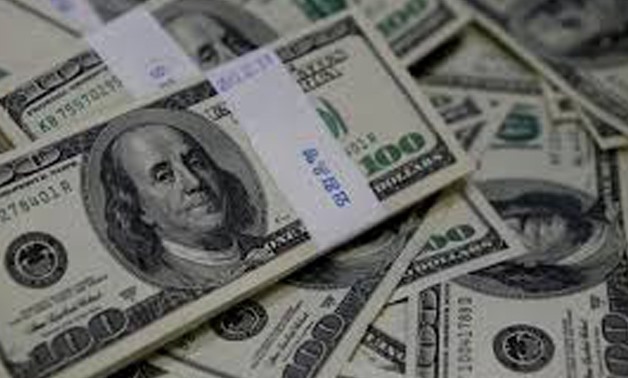
FILE PHOTO: U.S. one hundred dollar bills are seen in this picture illustration, August 2, 2013.
Kim Hong-Ji/Illustration/File Photo
LONDON - 8 August 2017: The dollar inched down for a second day on Tuesday, still holding on to most of the gains made on Friday after strong U.S. jobs data even though investors remain unconvinced that the Federal Reserve will hike rates again this year.
The greenback had slumped to 15-month lows against its broad index last week after weak data bolstered the view that, having already increased interest rates twice this year, the Fed would now stay put until next year.
But Friday's bumper labour market data challenged that view, handing the dollar its best day so far this year and bringing forward expectations for when the Fed will tighten policy again.
Markets are pricing in less than a 50 percent chance that another Fed hike will come in 2017, and comments from rate-setters at the central bank did little to change investors' minds on that on Monday.
St. Louis Fed President James Bullard said the Fed can leave interest rates where they are for now because inflation is not likely to rise much even if the U.S. job market continues to improve, while Minneapolis Fed President Neel Kashkari talked about inflation being below target.
"(They) seemed to oppose further rate hikes. That means they exactly reflect the current market expectations, which are limiting the dollar’s appreciation," wrote analysts at Commerzbank in Frankfurt in a morning note to clients.
"It is still inflation that poses the problem," they added, while noting that Bullard's and Kashkari's dovish reputations meant market players were likely to discount their comments.
U.S. producer prices for July, due on Thursday, and consumer price index figures on Friday are likely to draw closer attention and will give investors a clue about the extent to which a stronger labour market is spilling over into inflation.
Investors are also awaiting clues as to when the Fed will begin shrinking its $4.2 trillion bond portfolio.
"The September meeting is where we are anticipating the identification of the start date and we would not be surprised to see it start in almost an immediate fashion," said Bill Northey, chief investment officer at U.S. Bank Private Client Group in Helena, Montana.
The dollar index edged down 0.1 percent to 93.353, holding well above last week's 15-month low of 92.548, though it remained shy of Friday's high of 93.774 as investors pondered the timing of the U.S. central bank's next tightening steps.
The euro was up 0.1 percent at $1.1806, around a cent away from last week's 2-1/2-year highs, having largely shrugged off figures on Monday showing an unexpected fall in German industrial production in June.
With the European Central Bank now widely expected to scale-back its quantitative easing programme as doubts rise about whether the Fed will be able to raise rates again this year, the euro is expected to hold on to its strength against the dollar.

Comments
Leave a Comment